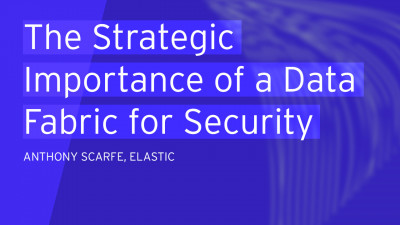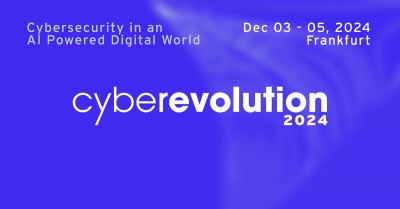Explore How AI is Changing the Playing Field of Analytics
Analytics isn’t new. Neither is AI. But the combination opens up a whole new playing field.
Analytics is the domain of processing data to derive insights. Computations are done on data, relying heavily on statistics and data science fields to identify patterns previously unseen. Analytics is very useful in business, as the insights it yields helps decision makers understand their organization and its performance. Analytics is often used to optimize marketing or product performance, better understand consumer behavior, measure employee productivity, risk of various types, or to gauge the security status of your organization.
How AI is Changing Analytics: the fundamentals
Predictive analytics exists without AI/ML too. It uses historical data to assign a probability to potential future events. Predictive models are used to generate forecasts of all types, from revenue to demand. But traditionally, our data scientists and tools only worked with limited variables and parameters, which in turn gave less accurate predictions.
AI, or rather machine learning (ML) gives predictive analytics a big boost. ML for predictive analytics has several advantages: it can preprocess data to clean and transform it, and extract features for a customized model that handles far more data. Through the training and validation process, the model can be checked for accuracy and continually improved.
Predictive AI: Buzzword or Game Changer?
AI is always a buzzword, but that doesn’t mean that it can’t be a game changer too.
One of AI/ML’s strengths is providing predictions. That is most of the tasks it performs in any implementation. An image classification model? It is predicting with 82% certainty that the image is of a tree and not a bush. Predictive analytics with ML is able to capitalize off of this design for future-oriented predictions.
AI is always a buzzword, but that doesn’t mean that it can’t be a game changer too. Predictions drive most business models. Predicting demand is a very traditional approach, while delivering personalized content (based on recommendations, which are predictions of what a user will want to see next) is a more modern business model. Both are able to benefit from predictive AI and analytics with heightened accuracy.
Beneficial Business Areas
Business intelligence (BI) is being strengthened with predictive analytics. Typically BI was focused only on historical data, or in rare cases on real-time data. But predictive forecasts can be overlaid on BI visualizations of historical data, for example sales of a product in a certain region, with an ML-based prediction of how sales will continue in the next period.
Consumer experience benefits from predictive analytics largely through recommendations (predictions of what the user wants to see next). Personalization of content has completely transformed many online experiences for users, thanks to predictive analytics.
Fraud detection uses predictive analytics to score the risk of events, for example an authentication attempt to a system. This risk score processes (with the help of ML) several parameters that indicate if the user is a human or a bot, and if they are malicious or just a normal consumer.
There are many other areas that benefit from predictive analytics for data-driven insights.
What Does the Future Hold?
The future is bright for AI/ML, and especially predictive analytics. But how do you and your organization get started?
Its easy to imagine how many organizations can get a new insight into their products, processes and IT systems with predictive analytics. But be sure to adopt a new technology solution because it fits with your organization’s digital transformation plan, not because it’s new and shiny. You can read reports like this Buyer’s Compass on Next-Generation BI Platforms to better understand vendors in the space.















































